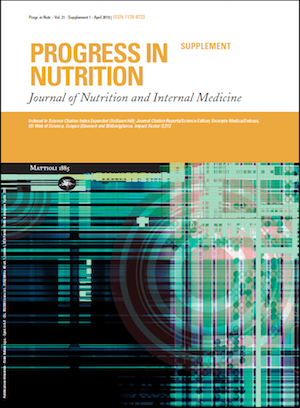Evaluating additive relationship between metabolic syndrome and anthropometrics indices with carotid intima media thickness in diabetic , metabolic syndrome and control groups: a Bayesian nonparametric functional latent variable model
Main Article Content
Keywords
Metabolic Syndrome, Anthropometrics Indices, Carotid Intima Media Thickness, Nonparametric functional model, Bayesian P-spline
Abstract
Background: Cardiovascular disease represents a major cause of morbidity and mortality in patients with psoriatic diseases. Carotid intima-media thickness is an index of atherosclerosis in the vascular bed and is highly predictive of the development of atherosclerosis; therefore investigating the effective factors in carotid intima-media thickness seems an essential issue. Objectives: The relationship between Metabolic Syndrome and Anthropometric indices and carotid intima-media thickness has been studied separately in the literature. However such associations may be much more complex than a simply supposed linear relationship. The aim of this study is to evaluate the functional relationship of both Metabolic Syndrome and Anthropometric indices on carotid intima-media thickness. Patients and Methods: The total sample of study included 632 participants. Three groups have been compared with regard to their measures of carotid intima-media thickness: patients suffering from Diabetic disease, patients with high risk in Metabolic Syndrome, and healthy people. The present study used a latent variable model to evaluate the relationship between carotid intima-media thickness as an outcome variable and two cause factors of Metabolic Syndrome and Anthropometric indices as the explanatory variables. All of three variables were treated as latent. Using Bayesian Nonparametric functional latent variable model, the study is free from condition and fits a nonlinear functional relationship. Results: The obtained results showed the most standard deviations Varity of carotid intima-media thickness in diabetic group. Accordingly, in Diabetic and Metabolic Syndrome groups all of the items are important in the structure of their factors. Based on the findings ‘Waist’ plays the most important role in Metabolic Syndrome and Anthropometric indices variations (p-value<0.0001). Measures indicated that there is significant relationship between two independent latent variables. Conclusions: The findings are consistent with other studies showing the effect of Metabolic Syndrome and Anthropometric indices on displaying greater carotid intima-media thickness than those without them. These latent variables and their items had significant effect on carotid intima-media thickness in this study, and the relationship is showed in functions and graphs. These functions disclosed all details of the relationship between variables.






